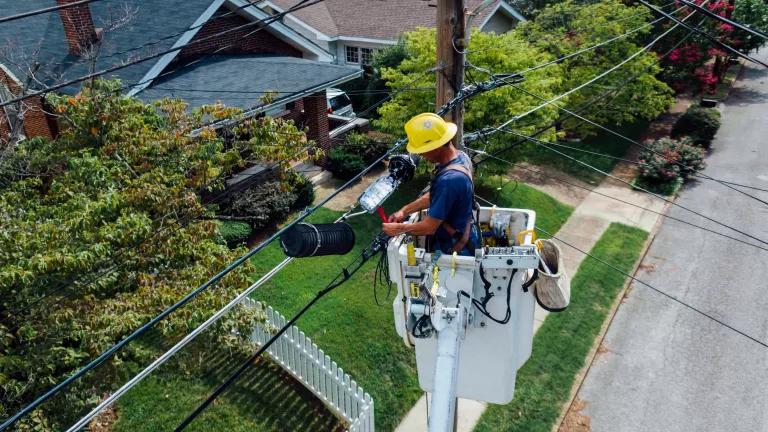The Promise of the Smart Grid: Goals, Policies, and Measurement Must Support Sustainability Benefits
Developing the smart grid is about leveraging information technology to improve the production and distribution of electricity. At every level of the power system—from power plants to transmission lines to office buildings and homes—smart grid technology uses information and produces information for others to use. This data may be utilized automatically in the system, or it may be used by grid operators and consumers to help save resources and to keep the system working smoothly.
Billions of dollars will be spent on upgrading the electrical grid in the United States in coming years. New equipment that can produce and respond to data will provide many potential benefits, including reduced waste, improved resilience and reliability in the system, and greater ability to use renewable energy sources. In order to achieve the clean energy and conservation benefits of smart grid technology, programs need to be designed specifically with clean energy and conservation goals in mind.
The Natural Resources Defense Council (NRDC) believes that well-designed programs, careful implementation, and alignment of metrics with environmental goals, in addition to consumer education, are key to realizing the clean energy benefits of the smart grid. By transforming the way we produce, distribute, and use electricity, the smart grid presents a unique opportunity for a cost-effective transition to a more sustainable energy future.



